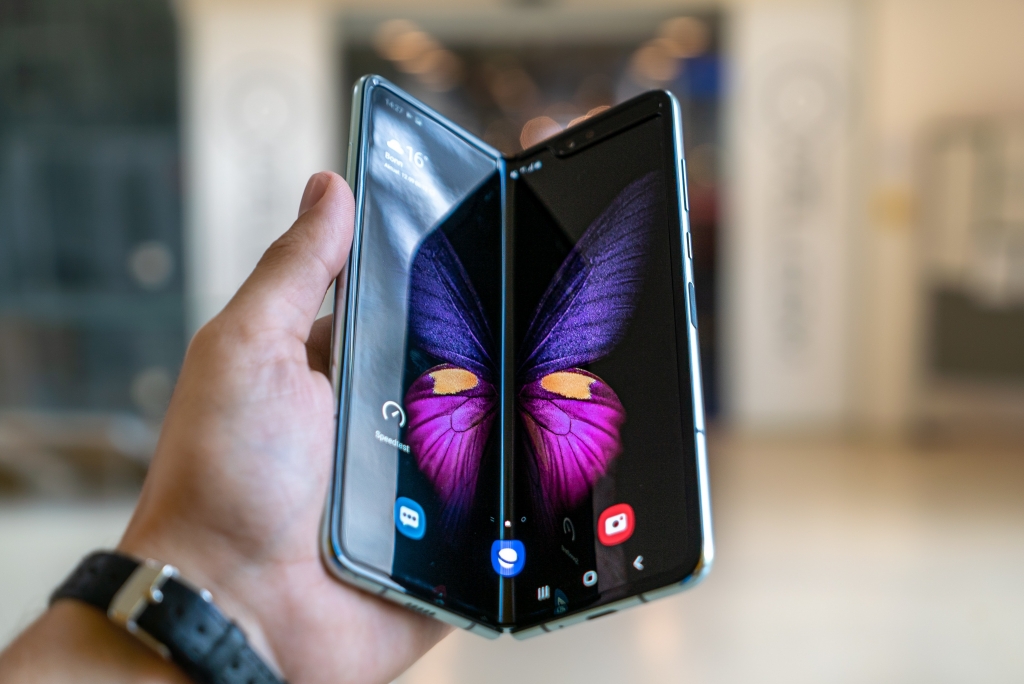Running as a mobile virtual network operator (MVNO) on the Optus network, amaysim claims its 5G mobile plan will give customers access to faster download speeds, lower latency for better experience of real-time applications, and increased capacity to support simultaneous connections in highly populated areas.
Next month, customers with a compatible device can leverage amaysim’s new 5G mobile plan for only $55, which will include 60GB of data, unlimited standard talk and text within Australia, unlimited standard international calls to 42 destinations, Optus 5G + 4G plus network coverage, unlimited data banking and no lock-in contract.
“5G is without a doubt the next step in mobile technology. As such, we’re thrilled to be one of the first MVNOs to offer our amaysim customers an enhanced mobile experience with access to supercharged download speeds and greater reliability,” said amaysim head Renee Garner.
|
|
“Optus continues to offer customers great value 5G on its postpaid and prepaid plans, like the $60 for 60GB prepaid plan, and we are excited to now welcome amaysim onto the Optus 5G network,” said Optus head of 5G Harvey Wright.
As with all amaysim products, switching is easy and new customers can BYO their existing number.
This first appeared in the subscription newsletter CommsWire on 20 September 2022.











































